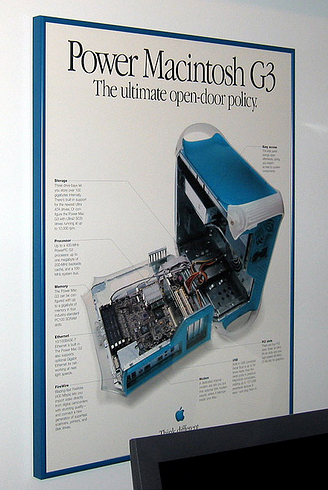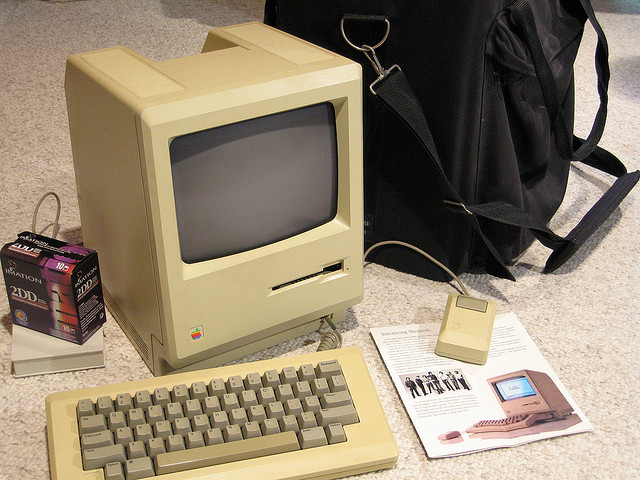I spent a good chunk of my time as a teen playing Ultima IV, a role playing game written by Richard Garriot (aka “Lord British”) at Origin Systems. There were many chapters in the Ultima series, but Ultima IV is widely considered to be the most perfect of the lot. Late nights on my Apple IIe, guiding my guild of characters about, all to the sweet melody of polyphonic music, thanks to my Mockingboard C soundcard. Sadly, I never finished the game.
Well, it seems as thought I might have a chance to do just that, now that the XU4 project is well underway. XU4 is a remake of Ultima IV for modern operating systems. The game currently runs on Mac OS X, Linux, and Windows. XU4 contains the graphics of both the PC EGA version of the game, which was the most colorful at original release, and also the 256-color VGA graphics update patch for the best possible rendition of the game world (either graphics set can be used). MIDI-style music from the PC version of the game is also included, and sounds even better than it did back on my Apple IIe.
It would be satisfying, I think, to play through and solve the game once and for all. Have a look at a screenshot taken of XU4 running on my iBook
Another interesting project is Ultima IV: Virtue of Humility, a complete re-write of Ultima IV in Dark Basic, resulting in a similar but different game.


